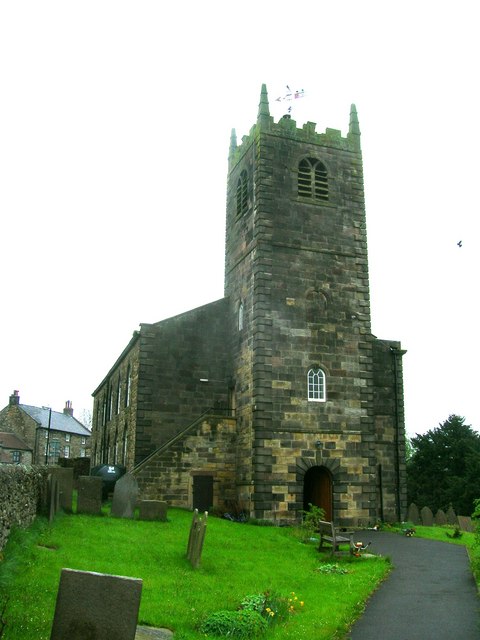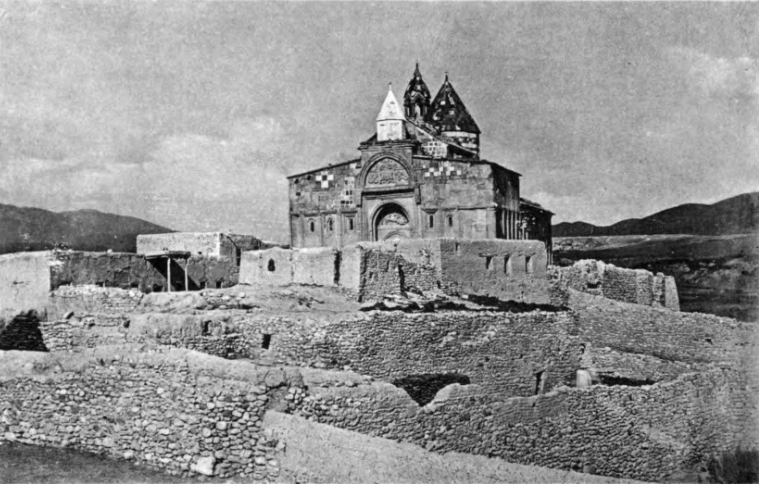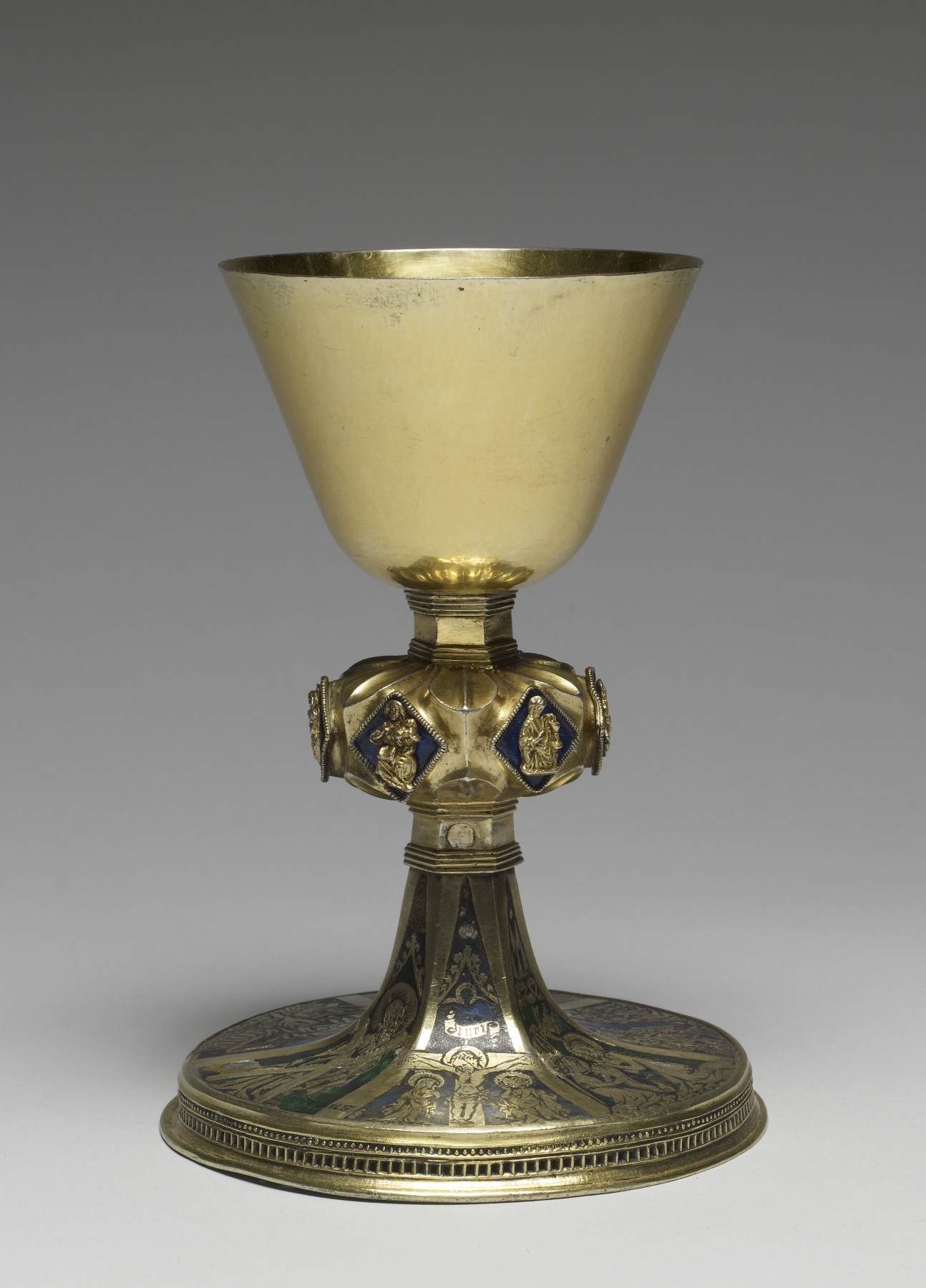|
St Bartholomew's Church, Longnor
The Church of St Bartholomew is a Grade II* listed Anglican church in the village of Longnor in north-east Staffordshire. It was built in the late 18th century. History There was probably a church in Longnor in the 12th century, since the font in the present church is of that period; the earliest mention of a church here was in 1448. It is thought it stood in what is now the churchyard, which was formerly a large space used for markets and fairs.A P Baggs, M F Cleverdon, D A Johnston and N J Tringham, 'Alstonefield: Longnor', in ''A History of the County of Stafford: Volume 7, Leek and the Moorlands'', ed. C R J Currie and M W Greenslade ... [...More Info...] [...Related Items...] OR: [Wikipedia] [Google] [Baidu] |
Longnor, Staffordshire
Longnor is a village in the Staffordshire Peak District, England. The settlement dates from early times, the first recorded church building being in the Middle Ages. The village was named ''Longenalre'' in the Domesday Book. Located on a major crossroads, Longnor was a significant market town in the 18th century. It lies on the north bank of the River Manifold, on a limestone ridge between the Manifold and the River Dove. Location and geography Longnor is about south of Buxton on the B5053 main road from Cheadle to Buxton. It is at a crossroads with routes to Leek and Macclesfield to the west and Bakewell to the east. West of Longnor are the Staffordshire Moorlands, with a summit at Axe Edge Moor towards the north and Morridge further south. North and east of Longnor is the White Peak section of the Peak District, with the Dove flowing in a steep-sided limestone valley of which the famous Dovedale is a small part. Longnor looks towards the Manifold but lies on the south ... [...More Info...] [...Related Items...] OR: [Wikipedia] [Google] [Baidu] |
Saint Bartholomew
Bartholomew was one of the twelve apostles of Jesus according to the New Testament. Most scholars today identify Bartholomew as Nathanael, who appears in the Gospel of John (1:45–51; cf. 21:2). New Testament references The name ''Bartholomew'' (, transliterated "Bartholomaios") comes from the ''bar-Tolmay'' "son of Tolmai" or "son of the furrows". Bartholomew is listed in the New Testament among the Twelve Apostles of Jesus in the three Synoptic Gospels: Matthew, Mark, and Luke, and in Acts of the Apostles. Tradition Eusebius of Caesarea's ''Ecclesiastical History'' (5:10) states that after the Ascension, Bartholomew went on a missionary tour to India, where he left behind a copy of the Gospel of Matthew. Tradition narrates that he served as a missionary in Mesopotamia and Parthia, as well as Lycaonia and Ethiopia in other accounts.''Encyclopædia Britannica'', Micropædia. vol. 1, p. 924. Chicago: Encyclopædia Britannica, Inc., 1998. . Popular traditions say that B ... [...More Info...] [...Related Items...] OR: [Wikipedia] [Google] [Baidu] |
Church Of England
The Church of England (C of E) is the State religion#State churches, established List of Christian denominations, Christian church in England and the Crown Dependencies. It is the mother church of the Anglicanism, Anglican Christian tradition, tradition, with foundational doctrines being contained in the ''Thirty-nine Articles'' and ''The Books of Homilies''. The Church traces its history to the Christian hierarchy recorded as existing in the Roman Britain, Roman province of Britain by the 3rd century and to the 6th-century Gregorian mission to Kingdom of Kent, Kent led by Augustine of Canterbury. Its members are called ''Anglicans''. In 1534, the Church of England renounced the authority of the Papacy under the direction of Henry VIII, beginning the English Reformation. The guiding theologian that shaped Anglican doctrine was the Reformer Thomas Cranmer, who developed the Church of England's liturgical text, the ''Book of Common Prayer''. Papal authority was Second Statute of ... [...More Info...] [...Related Items...] OR: [Wikipedia] [Google] [Baidu] |
Diocese Of Lichfield
The Diocese of Lichfield is a Church of England diocese in the Province of Canterbury, England. The bishop's seat is located in the Cathedral Church of the Blessed Virgin Mary and Saint Chad in the city of Lichfield. The diocese covers of several counties: almost all of Staffordshire, northern Shropshire, a significant portion of the West Midlands, and very small portions of Warwickshire and Powys (Wales). History The Diocese of Mercia was created by Diuma in around 656 and the see was settled in Lichfield in 669 by the then bishop, Ceadda (later Saint Chad), who built a monastery there. At the Council of Chelsea in 787, Bishop Higbert was raised to the rank of archbishop and given authority over the dioceses of Worcester, Leicester, Lindsey, Hereford, Elmham and Dunwich. This was due to the persuasion of King Offa of Mercia, who wanted an archbishop to rival Canterbury. On Offa's death in 796, however, the Pope removed the archiepiscopal rank and restored the dioc ... [...More Info...] [...Related Items...] OR: [Wikipedia] [Google] [Baidu] |
Listed Building
In the United Kingdom, a listed building is a structure of particular architectural or historic interest deserving of special protection. Such buildings are placed on one of the four statutory lists maintained by Historic England in England, Historic Environment Scotland in Scotland, in Wales, and the Historic Environment Division of the Department for Communities in Northern Ireland. The classification schemes differ between England and Wales, Scotland, and Northern Ireland (see sections below). The term has also been used in the Republic of Ireland, where buildings are protected under the Planning and Development Act 2000, although the statutory term in Ireland is "Record of Protected Structures, protected structure". A listed building may not be demolished, extended, or altered without permission from the local planning authority, which typically consults the relevant central government agency. In England and Wales, a national amenity society must be notified of any work to ... [...More Info...] [...Related Items...] OR: [Wikipedia] [Google] [Baidu] |
Anglican
Anglicanism, also known as Episcopalianism in some countries, is a Western Christianity, Western Christian tradition which developed from the practices, liturgy, and identity of the Church of England following the English Reformation, in the context of the Protestant Reformation in Europe. It is one of the largest branches of Christianity, with around 110 million adherents worldwide . Most are members of national or regional Ecclesiastical province#Anglican Communion, ecclesiastical provinces of the international Anglican Communion, one of the largest Christian bodies in the world, and the world's third-largest Christian communion. When united and uniting churches, united churches in the Anglican Communion and the breakaway Continuing Anglican movement were not counted, there were an estimated 97.4 million Anglicans worldwide in 2020. Adherents of Anglicanism are called ''Anglicans''; they are also called ''Episcopalians'' in some countries. The provinces within the Anglican ... [...More Info...] [...Related Items...] OR: [Wikipedia] [Google] [Baidu] |
Staffordshire
Staffordshire (; postal abbreviation ''Staffs''.) is a Ceremonial counties of England, ceremonial county in the West Midlands (region), West Midlands of England. It borders Cheshire to the north-west, Derbyshire and Leicestershire to the east, Warwickshire to the south-east, the West Midlands (county), West Midlands county and Worcestershire to the south, and Shropshire to the west. The largest settlement is the city of Stoke-on-Trent. The county has an area of and a population of 1,131,052. Stoke-on-Trent is located in the north and is immediately adjacent to the town of Newcastle-under-Lyme. Stafford is in the centre of the county, Burton upon Trent in the east, and the city of Lichfield and Tamworth, Staffordshire, Tamworth in the south-east. For local government purposes Staffordshire comprises a non-metropolitan county, with nine districts, and the Unitary authorities of England, unitary authority area of Stoke-on-Trent. The county Historic counties of England, historical ... [...More Info...] [...Related Items...] OR: [Wikipedia] [Google] [Baidu] |
Ashlar
Ashlar () is a cut and dressed rock (geology), stone, worked using a chisel to achieve a specific form, typically rectangular in shape. The term can also refer to a structure built from such stones. Ashlar is the finest stone masonry unit, and is generally rectangular (cuboid). It was described by Vitruvius as ''opus isodomum'' or trapezoidal. Precisely cut "on all faces adjacent to those of other stones", ashlar is capable of requiring only very thin joints between blocks, and the visible face of the stone may be Quarry-faced stone, quarry-faced or feature a variety of treatments: tooled, smoothly polished or rendered with another material for decorative effect. One such decorative treatment consists of small grooves achieved by the application of a metal comb. Generally used only on softer stone ashlar, this decoration is known as "mason's drag". Ashlar is in contrast to rubble masonry, which employs irregularly shaped stones, sometimes minimally worked or selected for simi ... [...More Info...] [...Related Items...] OR: [Wikipedia] [Google] [Baidu] |
Nave
The nave () is the central part of a church, stretching from the (normally western) main entrance or rear wall, to the transepts, or in a church without transepts, to the chancel. When a church contains side aisles, as in a basilica-type building, the strict definition of the term "nave" is restricted to the central aisle. In a broader, more colloquial sense, the nave includes all areas available for the lay worshippers, including the side-aisles and transepts.Cram, Ralph Adams Nave The Catholic Encyclopedia. Vol. 10. New York: Robert Appleton Company, 1911. Accessed 13 July 2018 Either way, the nave is distinct from the area reserved for the choir and clergy. Description The nave extends from the entry—which may have a separate vestibule (the narthex)—to the chancel and may be flanked by lower side-aisles separated from the nave by an arcade. If the aisles are high and of a width comparable to the central nave, the structure is sometimes said to have three nave ... [...More Info...] [...Related Items...] OR: [Wikipedia] [Google] [Baidu] |
Chancel
In church architecture, the chancel is the space around the altar, including the Choir (architecture), choir and the sanctuary (sometimes called the presbytery), at the liturgical east end of a traditional Christian church building. It may terminate in an apse. Overview The chancel is generally the area used by the clergy and choir during worship, while the congregation is in the nave. Direct access may be provided by a priest's door, usually on the south side of the church. This is one definition, sometimes called the "strict" one; in practice in churches where the eastern end contains other elements such as an ambulatory and side chapels, these are also often counted as part of the chancel, especially when discussing architecture. In smaller churches, where the altar is backed by the outside east wall and there is no distinct choir, the chancel and sanctuary may be the same area. In churches with a retroquire area behind the altar, this may only be included in the broader defi ... [...More Info...] [...Related Items...] OR: [Wikipedia] [Google] [Baidu] |
Chalice
A chalice (from Latin 'cup', taken from the Ancient Greek () 'cup') is a drinking cup raised on a stem with a foot or base. Although it is a technical archaeological term, in modern parlance the word is now used almost exclusively for the cups used in Christian liturgy as part of a service of the Eucharist, such as a Catholic mass. These are normally made of metal, but neither the shape nor the material is a requirement. Most have no handles, and in recent centuries the cup at the top has usually been a simple flared shape. Historically, the same shape was used for elite secular vessels, and many individual examples have served both secular and liturgical uses over their history, for example the Lacock Cup and Royal Gold Cup, both late medieval cups. Cups owned by churches were much more likely to survive, as secular drinkware in precious metal was usually melted down when it fell out of fashion. The same general cup shape is also called a goblet (from Old French , di ... [...More Info...] [...Related Items...] OR: [Wikipedia] [Google] [Baidu] |
Gritstone
Gritstone or grit is a hard, coarse-grained, siliceous sandstone. This term is especially applied to such sandstones that are quarried for building material. British gritstone was used for millstones to mill flour, to grind wood into pulp for paper and for grindstones to sharpen blades. "Grit" is often applied to sandstones composed of angular sand grains. It may commonly contain small pebbles. "Millstone Grit" is an informal term for a succession of gritstones which are to be found in the Pennines (including the Peak District) of northern England. These sediments were laid down in the late (upper) Paleozoic era, in the Carboniferous period, in deltaic conditions. The Millstone Grit Group is a formal stratigraphic term for this sequence of rocks. The gritstone edges of the Peak District The Peak District is an Highland, upland area in central-northern England, at the southern end of the Pennines. Mostly in Derbyshire, it extends into Cheshire, Greater Manchester, Sta ... [...More Info...] [...Related Items...] OR: [Wikipedia] [Google] [Baidu] |






